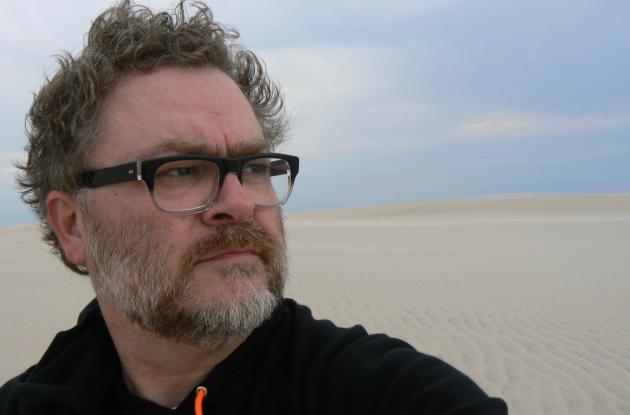Jesper Bræstrup Karlsen: The art of writing children's youth drama
Denmark's biggest theatrical export is children's theatre. Jesper Bræstrup Karlsen talks about the movement from the dramatist-less group theatre in the 1960s to the establishment of a education.

Photo: Jesper Karlsen
Children's theatre in Denmark arose in the 1960s in opposition to the established theatre and especially in relation to the classical text theatre. The children's theatre groups created scripts by improvising the text and having someone from the group write it down. A collective form of creation which in technical terms is called "devising".
Children's theatre developed, and there was a need for actual dramatists. In 1997, Børneteatersammenslutningens Dramatikervæksthus (The Children's Theatre Association's Playwright Nursery) was established to strengthen the development of drama for children and young people. Playwright and artistic director of the Playwright Nursery, Jesper Bræstrup Karlsen, talks about the history of children's theatre drama and about writing for children and young people.
How do you write plays for children and young people?
As a rule of thumb, the children and young people you are writing to should be able to reflect themselves in the text. It can be difficult with violent stories because they do not have the same horizon of experience as adults. Jesper Bræstrup Karlsen tells how "the group theatre of the 1960s showed that there is nothing you can't tell children […] It's just about the way it's done."
The children's/young people's theatre Teatret Møllen is known for working with what is called meta layer. That is, the actor plays a role, but can also jump out of the story and comment on what the role is doing by asking questions of the role that the audience might think of asking. This can be read, among other things, in "Lenny & George" by Gitte Kath, which is an adaptation of John Steinbeck's novel "Of Mice and Men", which deals with murder, power and the American depression.
After all, theatre is a collective art form. It is incredibly important that we are together […] when you experience a piece of performing arts. […] But it can also be an incredibly exciting literary experience to read drama, because you are alone and your own director.
About reading children's and young people's drama
Theatre is something that is experienced in a community, but reading drama takes place alone. In a theatre script, there is so much that is not directly in the text, but that you have to imagine. Jesper Bræstrup Karlsen explains: “Drama is a kind of half-canned food. It's not finished, but it's done. So something has to be done about it. You have to fill in the gaps."
With the library's agreement license it is possible to read children's/young people's drama, which has previously only been available in reading rooms. Jesper Bræstrup Karlsen says: "The fact that you can find it online is absolutely fantastic. It has a bearing on how much it is used [...] All the cultural products that are not digital disappear through our fingers."
Jesper Bræstrup Karlsen recommends
- Ved siden af af Michael Ramløse (Next to)
- Mus og Mænd - Lennie og George af Gitte Kath (Mice and Men - Lennie and George)
- En kinamands chance af Jesper Bræstrup Karlsen (A Chinaman's Chance)
About Jesper Bræstrup Karlsen
Jesper Bræstrup Karlsen is a playwright and librettist with a special focus on children and young people. He has won several Reumert prizes and sits on the board of Danske Dramatikere. He is the artistic director of the Playwright Nursery, which is a special education for writers and playwrights who write for children and young people.